Navigating the intricate landscape of homeowners insurance can sometimes feel like traversing a maze. Among the most frequently asked questions is the role of deductibles. What are they? How do they influence your insurance premiums and claim processes? And, crucially for homeowners in Ohio, how can you choose a deductible that aligns with your financial circumstances? Let’s break it down.
What is an Insurance Deductible?
At its core, a deductible is the amount you, as the homeowner, will pay out-of-pocket toward a loss before your insurance company steps in to cover the remainder. Think of it as your financial participation in the claim. For instance, if your deductible is $1,000 and you file a claim for $5,000 worth of damage, you’d pay the first $1,000, and your insurance would cover the remaining $4,000.
The Deductible-Premium Relationship
There is a balancing act between deductibles and premiums in homeowners insurance. Typically, the higher your deductible, the lower your monthly or yearly premium. This is because you’re agreeing to take on a larger share of the financial responsibility in the event of a claim. Conversely, a lower deductible often results in a higher premium since the insurance company assumes a greater share of the risk.
For Ohio homeowners, understanding this relationship is crucial. By adjusting your deductible, you can influence your premium rates to a degree, tailoring your policy to better fit your budget
Choosing the Right Deductible for Your Financial Situation
So, how do you pick a deductible amount that aligns with your finances? Consider the following steps:
Evaluate Your Savings: Before deciding on a deductible, assess your savings. Can you comfortably cover the deductible if you needed to file a claim today? If a $2,500 deductible would strain your finances, it might be wise to opt for a lower amount.
Assess Your Risk Tolerance: Are you someone who prefers to pay a bit more in premiums for the peace of mind a lower deductible brings? Or are you comfortable with a higher out-of-pocket cost in the rare event of a claim? Your answer will guide your decision.
Consider Your Property’s Vulnerabilities: Some areas in Ohio may be more prone to certain risks like flooding or tornadoes. If your home is particularly vulnerable, you might opt for a lower deductible to reduce out-of-pocket costs after an incident.
Review Annually: Your financial situation can change. Maybe you received a promotion or added a new addition to your home. Annually reviewing your deductible in the context of your finances and any home upgrades ensures your coverage remains appropriate.
Choosing an insurance deductible for your home isn’t just about picking a number. It’s a decision that requires thoughtful consideration of your current financial landscape, risk tolerance, and the specific risks your property faces. By understanding the relationship between deductibles and premiums and regularly reassessing your choice, you can ensure you’re both protected and financially comfortable.
If ever in doubt, seek the counsel of an experienced insurance agent like Jonathan, who can provide personalized advice for your situation. Remember, the right insurance plan is one that fits seamlessly into your life, providing peace of mind without financial strain.






